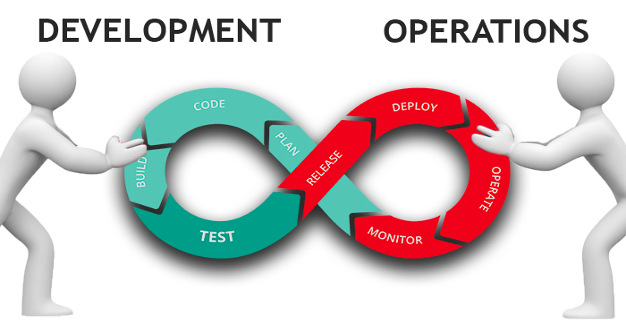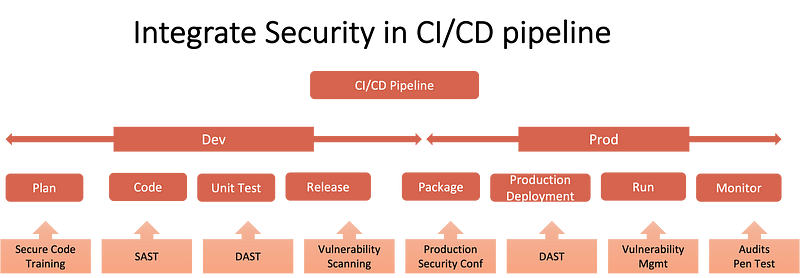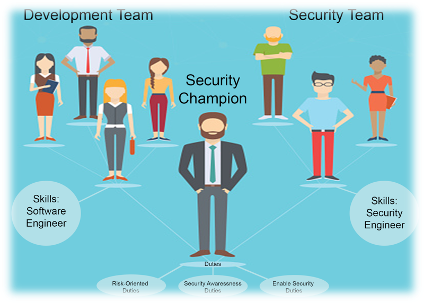I’m certain you’ve heard many concerns from CISOs who are struggling to gain visibility into cloud environments despite their considerable efforts and resources.
Many professionals face this common issue around the 6 to 8 months mark of organisations’ cloud transition journey. Despite significant time and resource investments, they begin to view the transition to the cloud as a costly misstep, largely due to the range of security challenges they confront.
These challenges often stem from a lack of understanding or misconceptions within the company about the nuances of cloud security.
I am consistently astonished by the widespread nature of these challenges!
Here are some of the common misunderstandings regarding security in the cloud.
“When in the cloud, it is absolutely secure.”
Since the transition to the cloud has become popular, senior leaders often claim that “the cloud is much more secure than on-premise infrastructure.” There is some truth to this perception. They are often presented with a slick PowerPoint presentation highlighting the security benefits of the cloud and the significant investments made by cloud providers to secure the environment.
It’s a common misconception that when organizations migrate to the cloud, they can relinquish responsibility for security to the cloud provider, like AWS, Google, or Microsoft. This mistaken belief leads them to think that simply moving their workloads to the cloud is sufficient. However, this oversight represents a critical security mistake because organisations still need to actively manage and maintain security measures in the cloud environment to ensure the protection of their data and infrastructure.
The operational model of cloud computing is based on a shared responsibility framework wherein the cloud provider assumes a significant portion of the responsibility for maintaining the infrastructure, ensuring physical security, and managing the underlying hardware and software. However, it’s important to understand that as a cloud user, you also bear the responsibility for configuring and securing your applications and data within the cloud environment.
This shared responsibility model is analogous to living in a rented property. The property owner is responsible for ensuring that the building is structurally sound and maintaining common areas, but as a tenant, you are responsible for securing your individual living space by locking doors and windows.
In the context of cloud computing, when you launch a server or deploy resources on the cloud, the cloud service provider does not automatically take over the task of securing your specific configuration and applications. Therefore, it’s essential to recognise that you must proactively implement robust security measures to protect your cloud assets.
Understanding this shared responsibility model is crucial before embarking on your cloud security program to ensure that you have a clear understanding of your role in maintaining a secure cloud environment.
The CLOUD is superior to On-Premises
Teams new to the cloud often hold biased views. Some assume that the cloud is inherently more secure than on-premises, while others believe it to be insecure and implement excessive controls. Making either mistake can lead to complacency and potential breaches, or make the work of cloud teams more difficult. This typically occurs when there’s a lack of investment in training the cybersecurity team in cloud security.
They often struggle to fully harness cloud technology’s potential and grapple with understanding its unique operational dynamics, leading to mounting frustration. It’s crucial to recognise that both cloud-based and on-premises infrastructures entail their own set of inherent risks. The key consideration lies not in the physical location of the infrastructure but rather in how it is effectively managed and safeguarded. Prioritising the upskilling of your cybersecurity team in cloud security before embarking on the migration process is essential, as this proactive approach ensures that your organisation is equipped to address potential security challenges from the outset.
We have carefully chosen a particular on-premises solution, and I am confident that it will seamlessly transition to the cloud.
It’s crucial to bear in mind that directly transferring on-premises solutions to the cloud and assuming identical outcomes is a grave error. Cloud environments possess unique attributes and necessitate specific configurations. Just because a solution functions effectively on-premises does not ensure that it will perform similarly in the cloud.
Migrating without essential adaptations can leave you vulnerable to unforeseen risks. Whenever feasible, it’s advisable to utilise native cloud solutions or opt for a cloud-based version of your on-premises tools, rather than expecting seamless universal compatibility.
Treating the Cloud Like a Project and Not an Environment
The Cloud is a different paradigm and a completely different approach to operations. It is not a one-time solution; you can’t just set it up and forget about it. Treating it like a project you complete and then hand over is a guaranteed way to invite a data breach.
When it comes to your IT infrastructure, it’s crucial to recognise that the cloud is an independent and vital environment that requires an equivalent level of governance compared to your on-premises setup. Many organisations make the mistake of treating cloud management as a secondary or tangential responsibility while focusing primarily on their on-premises systems. However, this approach underestimates the complexities and unique challenges of managing cloud-based resources.
It’s important to dedicate the necessary attention and resources to effectively govern and manage your cloud infrastructure in order to mitigate risks and ensure seamless operations.
It’s not my Role or Responsibility.
Assuming that the responsibilities for managing your on-premises environment will seamlessly transition to the cloud is a risky assumption to make. Many organisations overlook the critical task of clearly defining who will be responsible for implementing security controls, patching, monitoring, and other essential tasks in the cloud. This lack of clarity can lead to potentially disastrous consequences, leaving the organisation vulnerable to security breaches and operational inefficiencies.
It is important to establish a formally approved organisational chart that comprehensively outlines and assigns responsibilities for cloud security within your organisation. This ensures that all stakeholders understand their roles and accountabilities in safeguarding the organisation’s cloud infrastructure.
Furthermore, if your organisation intends to outsource a significant portion of its cloud-related activities, it is imperative to ensure that your organisational chart accurately reflects this strategic decision. This will help to align internal resources and clarify the division of responsibilities between the organisation and its external cloud service providers.
Conclusion
In the realm of cloud security, it’s crucial to address common misconceptions to ensure a robust and effective security posture. Organisations must understand that cloud security is a shared responsibility, requiring active management and maintenance of security measures within the cloud environment. Additionally, it’s important to recognise that both cloud-based and on-premises infrastructures entail inherent risks,








